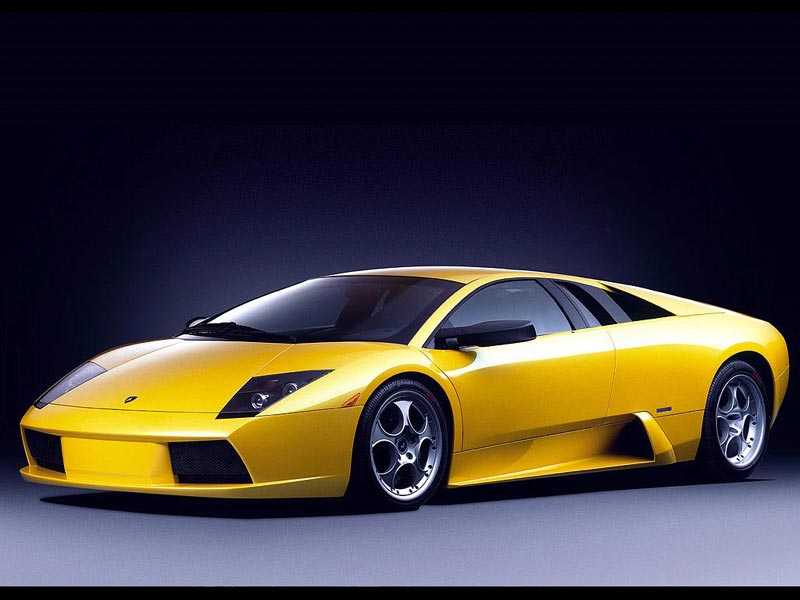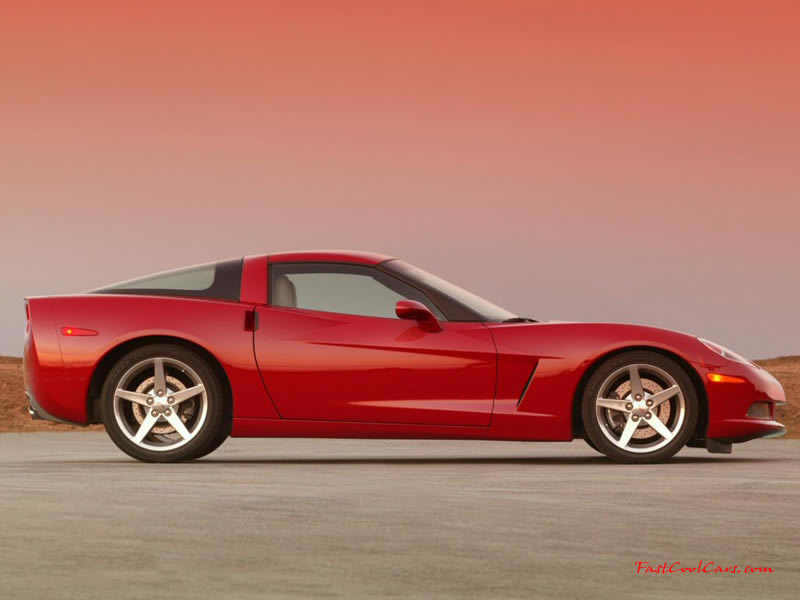Contents
* 1 By 0–100 km/h time (4 seconds or less)
* 2 By quarter mile time (13 seconds or less)
* 3 Notes
* 4 References
By 0–100 km/h time (4 seconds or less)
This list includes full production cars only: concept cars and "one-off" cars of any kind are not considered.For comparison, an object in free fall (without any air resistance) has an acceleration time from 0100 km/h of 2.83 seconds.
Tim Make and Year
(model) Verified time
(sec) Manufacturer time
(sec)MSRP
2.3 Ariel Atom V8 2011 2.3 2.3 232,000
2.4 Bugatti Veyron Super Sport 2010 2.4 2,426,904
2.5 Hennessey Venom GT 2011 2.5 2.5
2.5 Bugatti Veyron 2005 2.5 2.5 ,600,000
2.5 Caparo T1 2007 2.5 2.5 480,000
2.6 Orca SC7 2005 2.6 2.6
2.6 Ultima GTR 2006 2.6 2.6
2.7 Porsche 911 Turbo S 2011 2.7 3.1 160,700
2.78 SSC Ultimate Aero TT 2010 2.78 2.78,00
2.8 Ascari A10 2007 2.8 2.8 230,790
2.8 Saleen S7 Twin Turbo 2006 2.8 2.8 585,296
2.9 Gumpert Apollo Sport 2007 2.9
2.9 Nissan GT-R 2012 2.9
3.1 Koenigsegg CCXR 2007 3.1 3.1
3.1 Rossion Q1 2009 3.2 108,000
3.1 Caterham 7 2007 3.1 2.88
3.14 Ferrari Enzo 2004 3.14 .16,330
3.2 Gillet Vertigo 1994 n/a 3.2
3.2 Lamborghini Murciélago LP 670-4 SuperVeloce 2009 3.2 3.2
3.2 Zenvo ST1 2009 3.2 3.2
3.2 Koenigsegg CCX 2006 3.2 n/a
3.2 McLaren F1 1994 3.2 3.2 970,00
3.2 Noble M400 2007 3. n/a
3.275 Ford RS200 1986 3.275 3.275 50,000
3.3 Lamborghini Reventón 2008 3.3 3.3
3.3 Porsche Panamera Turbo 2010 3.3 147,000
3.3 Chevrolet Corvette C6 ZR1 2009 3.3 n/a 103,970
3.3 Ford GT 2006 3.3 n/a
3.3 Lamborghini Murciélago LP640 2007 3.3 3.3
3.3 Noble M12 GTO-3R 2005 3.3 n/a
3.35 Ferrari 599 GTB Fiorano 2010 n/a 3.35
3.4 Pagani Zonda Tricolore 2011 3.4 3.4
3.4 Ferrari 458 Italia 2010 3.4 3.4 230,675
3.4 Lamborghini Gallardo Superleggera LP570-4 2009 3.4 3.4
3.4 Lamborghini Gallardo LP560-4 2009 3.4
3.4 Lamborghini Gallardo Superleggera 2007 3.4 3.8
3.4 Pagani Zonda Cinque Roadster 2009 3.4 3.4
3.4 Mercedes-AMG CLK GTR 1998 n/a 3.4
3.4 McLaren MP4-12C 2011- 3.4 3.4
3.4 Porsche 911 Turbo 2007 3.2 128,700
3.48 Westfield Megabusa 2006 n/a 3.48
3.5 Porsche 911 GT1 1996 3.5 3.5
3.5 Porsche Carrera GT 2005 3.5 3.5 448,400
3.5 Dodge Viper SRT-10 2008 3.5n/a
3.5 Ferrari F430 Scuderia (European spec) 2007 n/a 3.5
3.5 Bristol Fighter T 2007 n/a 3.5
3.5 Porsche 911 GT2 RS 2010 3.5 3.5
3.5 Jaguar XJ220 1994 n/a 3.5
3.5 Mitsubishi Lancer Evolution VIII MR FQ400 2005 n/a 3.
3.5 Aston Martin One-77 2009 3.5 3.5
3.5 Mitsubishi Lancer Evolution X GSR FQ400 2009 n/a 3.5 79,015
3.5 Noble M15 2006 n/a 3.5 118,827
3.5 Ronn Scorpion 2008 3.5 n/a
3.6 Ferrari 430 Scuderia 2008 3.6 3.6 282,306
3.6 TVR Sagaris 2006 n/a 3.6
3.6 Porsche 959 1986 3n/a 225,000
3.6 Chevrolet Corvette Z06 2007 3.6 3.6
3.6 Audi R8 GT 2011 3.6 3.6
3.6 Bugatti EB110 2006 n/a 3.
3.6 Fisker Tramonto 2006 n/a 3.6
3.6 Pagani Zonda F Clubsport 2006 n/a 3.6
3.68 TVR Tuscan S 2004 n/a 3.7
3.7 Pagani Zonda C12 S 2002 3.7 3.7
3.7 Ferrari F50 1997 3.8480,000
3.7 Ascari KZ1 2006 3.7 n/a
3.7 Chevrolet Corvette Z06 2006 n/a 3.
3.7 Ferrari 599 GTB Fiorano 2006 3.7 /a
3.7 Tesla Roadster Sport 2009 n/a 3.7,500
3.7 Lexus LFA 2011 3.7 3.7 350,000
3.8 Mercedes-Benz SLR McLaren 2009 3.6 495,000
3.8 Mercedes-Benz SLS AMG 2010 3.8 3.8
3.8 Ferrari F40 1992 3.9 3.8 400,000
3.8 Saleen S7 2000 3.8 3.8 395,000
3.8 Lotec Sirius 2007 n/a 3.8
3.8 Maserati MC12 2004 n/a 3.
3.8 Evans 486 LM 2006 3.8 n/a
3.8 Invicta S1-600 2006 n/a 3.8
3.85 Lamborghini Diablo SV 1999 3.85
3.9 Cadillac CTS-V 2011 3.9 3.9 64,340
3.9 Lotus Eterne 2013 3.9 3.9
3.9 Lamborghini Gallardo LP 550-2 Balboni 2009 3.9 3.9
3.9 Chevrolet Corvette C5 Z06 2004 3.
3.9 Mercedes Benz SLS E-Cell 2010 3.9 3.9
3.9 Gillet Donkervoort 1990 n/a 3.9
3.9 B Engineering Edonis 2001 3.9n/a
3.9 Mercedes-Benz CLK DTM 2003 n/a 3.9
3.9 Lotus Exige 240R 2005 3.9 n/a
3.9 Mitsubishi Lancer Evolution IX MR FQ360 2007 3. n/a
3.9 Tesla Roadster 2008 4. 109,000 By quarter mile time (13 seconds or less)
This list includes full production cars only: concept cars and "one-off" cars of any kind are not considered.For comparison, an object in free fall (without any air resistance) has quarter mile time of 9.06 seconds.
 cars fastest
cars fastest cars fastest
cars fastest cars fastest
cars fastest cars fastest
cars fastest cars fastest
cars fastest cars fastest
cars fastest cars fastest
cars fastest cars fastest
cars fastest cars fastest
cars fastest cars fastest
cars fastest cars fastest
cars fastest cars fastest
cars fastest cars fastest
cars fastest


































